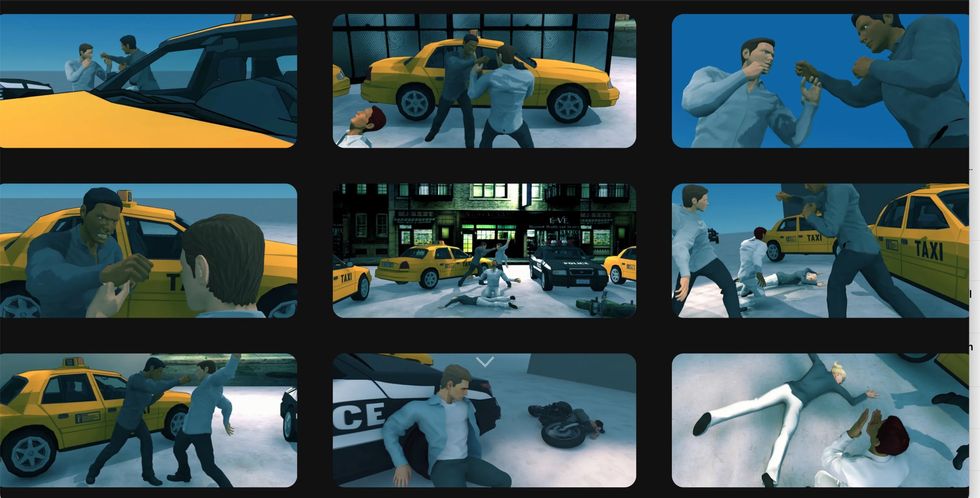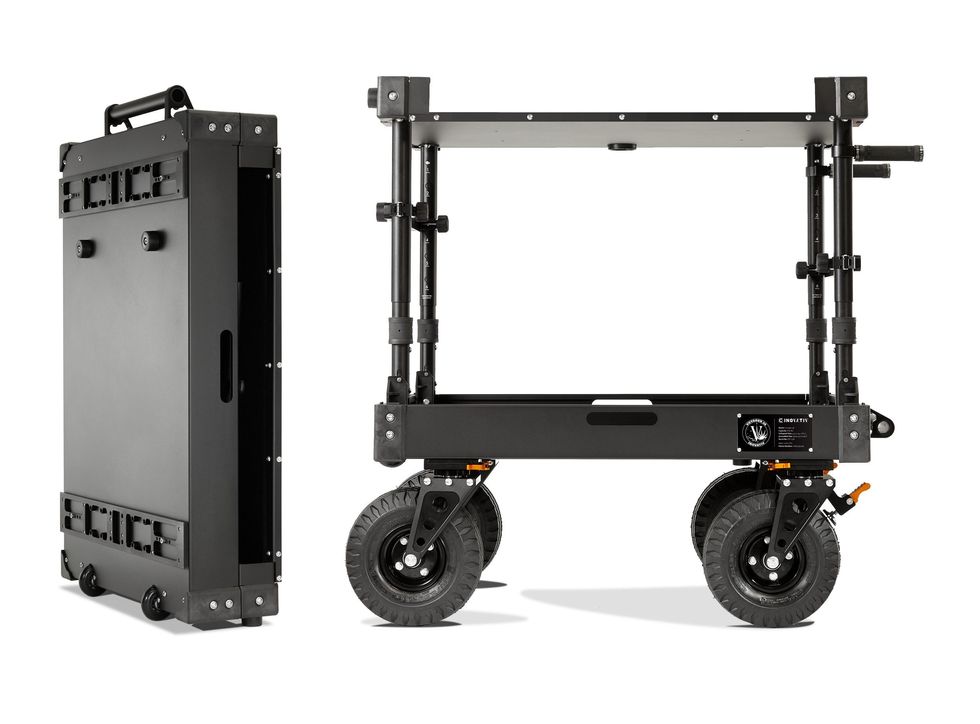From 'Witness' to 'Mad Max': Takeaways from Oscar-Winning DP John Seale's Master Class
He's worked with directors Ron Howard, Barry Levinson, George Miller, Anthony Minghella, and Peter Weir, and that's just naming a few.

In a master class presented by the Australian International Screen Forum last week, John Seale, the BAFTA and Oscar-winning cinematographer of over 40 films, dispensed anecdotes and tips from his career behind the camera. No Film School was on-site to report what we learned.
Getting his start in the 1970s as a camera operator for the Australian Broadcasting Commission, Seale learned to shoot in the Classical Hollywood style. Scenes were shot with three-point lighting, and all were well-covered with a wide shot, a medium shot, and a close-up. "This was the formula that was punched into us. The goodies always go left-to-right and the baddies always go right-to-left."
"Even though he found the system rigid, Seales couldn't help but absorb its principles."
Continuity was paramount, and budgets were tight. Even though he found the system rigid, Seales couldn't help but absorb its principles, which continued to influence him through the years, though his methods and aesthetic, would change.
The "What If?" System
Seale worked as a camera operator on the classic Picnic at Hanging Rock, a key film in what is known as the Australian New Wave, when the country's films came to worldwide prominence. During these years, the formal system in which he'd been trained came to be replaced by what he called the "What If?" system: "How do we cover the scene, where we do it, and how do we do it? Let's go and have a see." Meanwhile, tight budgets and schedules instilled a discipline: "It made a great training ground," especially for Hollywood films, including his first, 1985's blockbuster Witness, directed by fellow Australian Peter Weir.
"The choice to shoot an entire film with one stock agreed with him and the practice was one he would follow for the rest of his career."
In Hollywood, Seale's style, which prized efficiency, pleased executives but led to early conflict with crews. "I got thrown a little bit. I wasn't making the film in the American way. I didn't tent out entire houses to do interiors. I shot with interior light, which changes throughout the day, but that's we were used to."
The "What if?" system served Seale well on the film, and he and Weir collaborated again the following year on The Mosquito Coast, again with Harrison Ford. The location, in the jungles of Central America, would lead to another crucial aesthetic decision.
In 1986, of course, all big-budget movies were shot on film, and crews worked with two stocks: one "high-speed" (used for night filming and interiors), and one "slow" speed for exteriors and days. The location's jungle canopies made it dark during the day and so Seale opted to shoot the entire film with a high-speed Fuji stock that achieved the "olive green, drab" look Weir was looking for. The choice to shoot an entire film with one stock agreed with him and the practice was one he would follow for the rest of his career.
Multiple Cameras
While working on Rain Man with director Barry Levinson and stars Dustin Hoffman and Tom Cruise, Seale made another discovery. One day, the stars began to adlib during a scene. Seale told Levinson, "We should have two cameras," but again, this wasn't standard practice for Hollywood films, and it certainly wasn't budgeted for. Luckily, Seale had an extra camera body lying around, and after shooting the scene, became a believer in the use of multiple cameras.
"The additional camera served a similar purpose to the classical continuity style of his early training."
Another reason for the switch was that Seale had done "a lot of talking with editors, to find out what they wanted," and invariably found that they wanted more footage. These two factors, he said, led to a reconsideration of "the formula" that he had learned early in his career, or at least to a variation on the formula, with the additional camera serving a similar purpose to the classical continuity style of his early training.
Fury Road and the Digital Revolution
Seale's final film, with fellow Australian George Miller, was also one of the most famous of his career, the mega-hit Mad Max: Fury Road. While it was Seale's first time shooting digital, his main concern remained how to create a seamless experience for the audience so that they would be "drawn into the screen" and "not jarred" out of the film's story. This idea certainly agreed with Miller, who told Seale that "he hoped from the first shot of that film, people would start to reach for their popcorn, and two hours later, their hand would still be there."
A key stylistic choice in Fury Road was to keep the focus of every frame in the center. Also, every shot in the film features some forward camera movement, though it's often "so subtle...that the audience doesn't notice...You can't necessarily see it, but you can feel it. You know something's going to happen."
Over the course of five decades, the now-retired Seale saw many changes in the film industry. Among the most striking things hearing the thoroughly affable DP discuss was how, no matter the film, he always maintained a devotion to storytelling and the particular needs of each movie. While doing so, he remained true to his instincts and brought a practical, almost indie efficiency to even the largest of Hollywood films.
Source: Australian Screen Forum




















